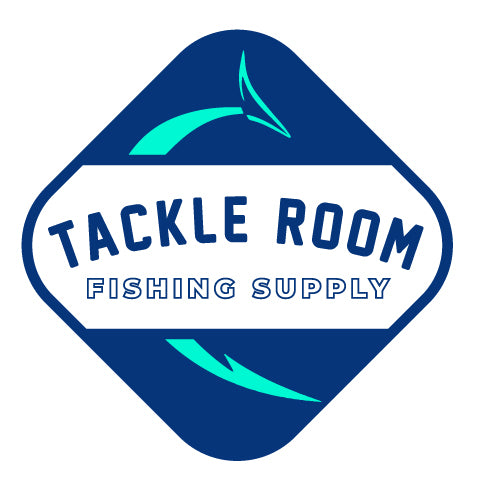Frequently Asked Questions - Fishing Leaders
Share
FAQ - Fishing Leader
1. What is a fishing leader?
A fishing leader is a length of line, typically made of monofilament or fluorocarbon, attached between the main fishing line and the hook or lure. It serves to provide abrasion resistance, stealth, and durability, especially when targeting larger or toothy fish species. Fishing line presentation is very important when you are nose to nose with your target species.
2. Why are fishing leaders important?
Fishing leaders are crucial for various reasons. They help prevent fish from breaking the line due to sharp teeth or rough structures, improve presentation by reducing visibility of the main line, and enhance the overall lifespan of the rig by absorbing much of the wear and tear.
3. What types of fishing leaders are available?
There are several types of fishing leaders, including monofilament, fluorocarbon, wire, and braided leaders. Each type offers unique advantages depending on the fishing conditions, target species, and personal preferences. It’s important to consider the species, presentation of your line, line diameter, and the fishing rig you have attached when selecting the type. Toothy creatures will require a hire abrasion resistance and the more sensitive species you will want pure invisibility if the fishing conditions are clear.
4. How do I choose the right fishing leader?
Choosing the right fishing leader depends on factors such as the type of fish you’re targeting, the water conditions, and the type of fishing tackle you’re using. Consider factors like line diameter, abrasion resistance, and visibility when selecting a leader for your fishing rig.
5. Can I use a fishing leader for saltwater fishing?
Yes, fishing leaders are commonly used in saltwater fishing to withstand the harsh conditions and the abrasive nature of saltwater environments. Saltwater leaders are typically made of materials like fluorocarbon or wire to handle the challenges posed by saltwater species.
6. Do I need a leader for freshwater fishing?
While not always necessary, using a fishing leader in freshwater can provide benefits, especially when targeting certain species like trout or pike, or when fishing in areas with dense cover where abrasion resistance is crucial.
7. What is a common leader size for wahoo, tuna, and mackerel?
A common fishing shock leader to target wahoo and tuna is 250 lbs. We have always found 400 lbs to be oversized but there is no harm in that.
8. What is the purpose of a fishing shock leader, and how does it dissipate energy?
A fishing shock leader serves to absorb the shock and energy generated during casting or when a fish makes a sudden run. By using a thicker and stronger line than the main fishing line, the shock leader absorbs and dissipates this energy, reducing the risk of line breakage and ensuring a smoother fishing experience. This energy dissipation is crucial, especially when targeting powerful fish species like wahoo and tuna, as it helps prevent the main line from snapping under sudden strain.
